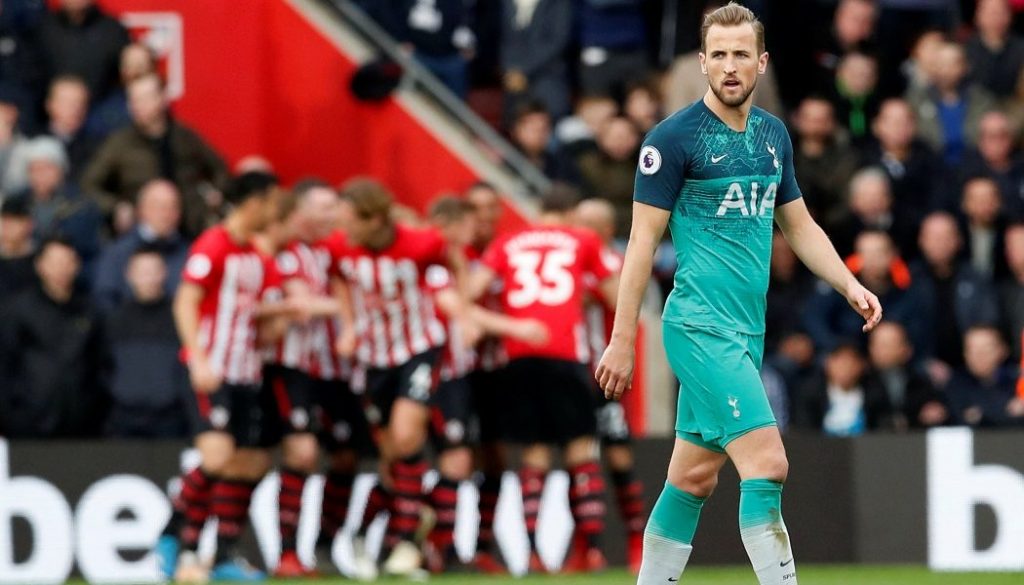Member Insights: How Have Sports Brands And Organisations Responded To The Covid-19 Crisis?
June 18, 2020
As we continue through the coronavirus pandemic, and hopefully edge closer to the finish, Ben Appleby of Calacus PR, takes a look at some of the best and worst ways in which sport has responded to the virus…
The coronavirus pandemic has had a colossal impact on the sports industry with governing bodies, federations, clubs, sponsors, and suppliers all struggling to stay afloat.
As always in a time of crisis there are winners and losers when it comes to managing reputations.
For every Marcus Rashford and Jordan Henderson showcasing the best of sportspeople during difficult times through their contributions to local charities and the community, the likes of Kyle Walker and Jack Grealish have unfortunately shown the opposite side of the spectrum by flouting lockdown restrictions.
It’s not just players that have been under the microscope, with Liverpool and Tottenham Hotspur – two of the top 10 richest football clubs in the world – under the microscope for announcing they would be taking advantage of the UK government’s furlough scheme to pay the majority of salaries for non-playing staff.
To their credit, both clubs did make a u-turn and said they wouldn’t apply for the scheme, although it took Tottenham almost two weeks before they reversed their decision, by which point much of the reputational damage had already been done.
The London club haven’t covered themselves in glory throughout the pandemic with manager José Mourinho and some of his players also caught flouting government advice during lockdown to train on Hadley Common, and Dele Alli receiving a fine and one-match ban for a Snapchat video that was deemed to be an “unacceptable racist stereotype”.
Premier League clubs have been under particular scrutiny with so much money involved at the top of the game, combined with the Project Restart push to resume the division as quickly as possible, but Tottenham are far from the only culprits of making mistakes during the pandemic.
Although no one could have predicted Covid-19 or the impact it would have, companies must be acutely aware of their actions during any crisis and put themselves in the position of their stakeholders to ensure their decision-making is thorough.
Business leaders and communications departments must always ask themselves:
- How will we communicate with internal staff and external stakeholders?
- Is our messaging consistent across all channels?
- Who are the key spokespeople, and have they been thoroughly briefed?
- How are you monitoring social conversations about your brand/company?
During a pandemic that has led to tens of thousands of tragic deaths in the UK and beyond, the most important thing for any organisation is to show compassion for the situation and actively making a positive difference rather than just empty words or gestures.
Despite their mistakes, Tottenham have put their new stadium to excellent use by opening their doors to patients of North Middlesex Hospital’s Women’s Outpatient Services, while Mourinho has been pictured helping out at a local food bank in Enfield.
We’ve seen Premier League players at several clubs taking wage deferrals or salary cuts, as well as some wonderful community initiatives such as players having phone calls with vulnerable fans and clubs providing essential support for those most in need.
At a time of great uncertainty and worry in the UK, the return of live sport continues to be a beacon of hope for many, something to take their minds off the day-to-day concerns of the virus.
All businesses have a responsibility to do what they can to ease the burden and provide support to all those that have supported them in the past.
The football industry is often portrayed as money-driven and the Premier League must be careful that it isn’t seen to be compromising the welfare of players and staff for financial gain.
Now is the time for those in senior leadership positions to communicate with key stakeholders at every step as life begins to return to a semblance of normality.



